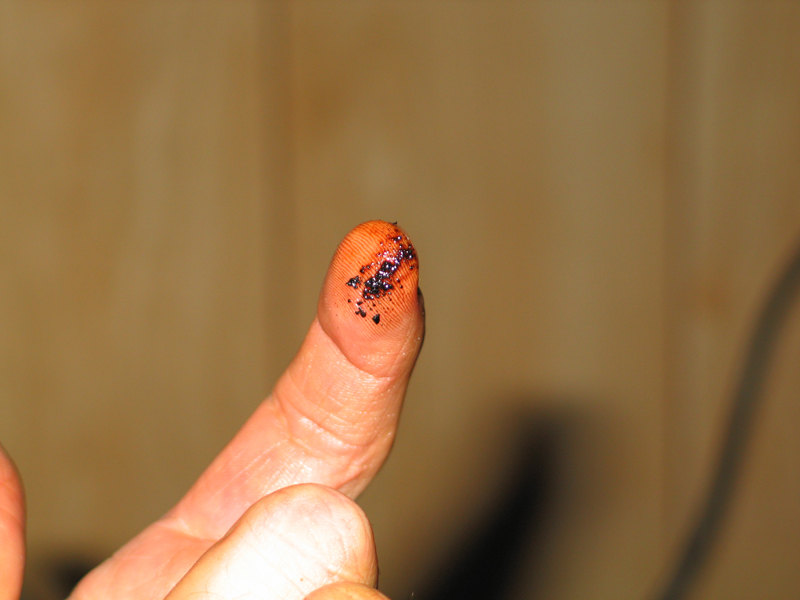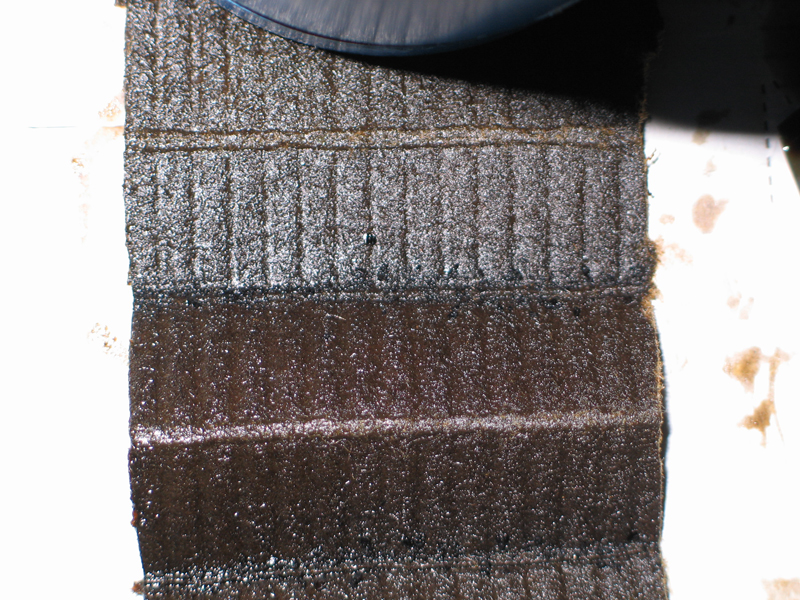Originally Posted By: tig1
Originally Posted By: dparm
Originally Posted By: SteveSRT8
Note also there is no proof at all that that varnishing hurts anything, may be strictly a cosmetic benefit...
That was my thought, too. Who cares if there is a bit of varnish? Visual inspection isn't too important.
Varnish comes from the oil oxidizing from heat. Also ring coking comes from oil oxidizing and forming carbon in the area of the rings. Causing stuck rings. Have you ever seen a set of pistons where the rings were loaded with carbon? I have. When this happens you get blow by. Then you get exhaust gases and carbon into the oil pan which circlates through the engine. When this happens you get pre mature bearing wear and wear through out the engine. Also an engine with ring coking will deposit large amounts of carbon into the oil filter, then you know you have issues when you inspect the filter.
On the other hand a very clean engine leaves little in the oil filter, even after long OCIs. I often check my filters for deposites and find almost no carbon.
So to say that oil deposited varnish is OK or just cosmedic is not understanding the bigger picture here. If you are getting a lot of varnish then my advise is to switch to a quality synthetic, and those deposites may begine to improve a bit.
Overk1ll has some old pics of carbon deposites that began to be cleaned up some after an oil change using M1. Maybe he can re post those.
I think you mean these:
Yes, when I first started running M1 in the Expedition, this was the result. It eventually tapered off and now I no longer find carbon in the filter. This was certainly from the ring land area and illustrates your point.



